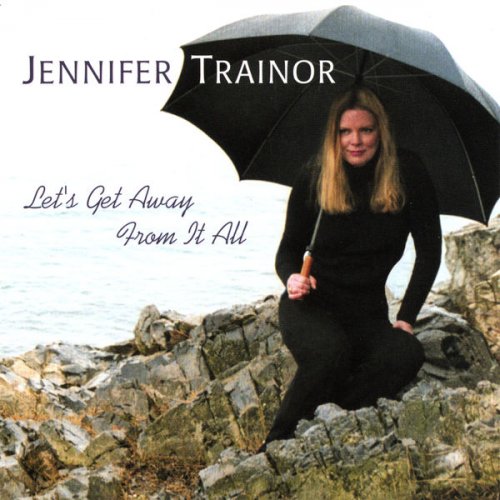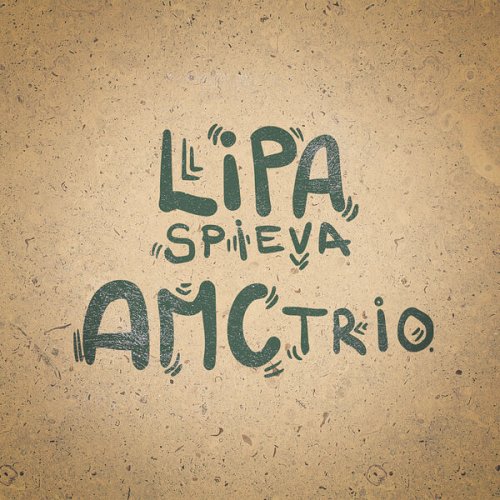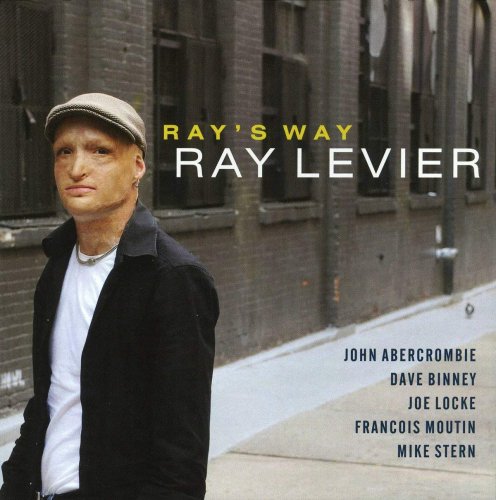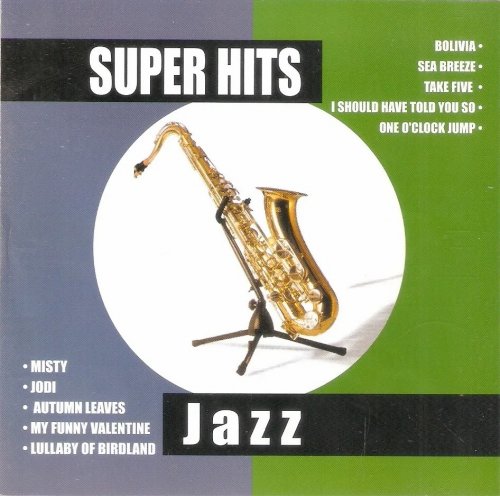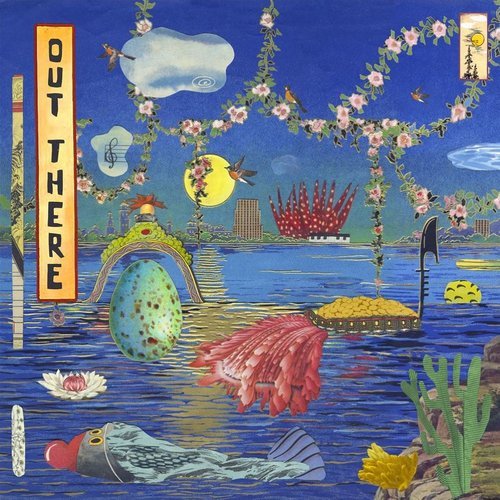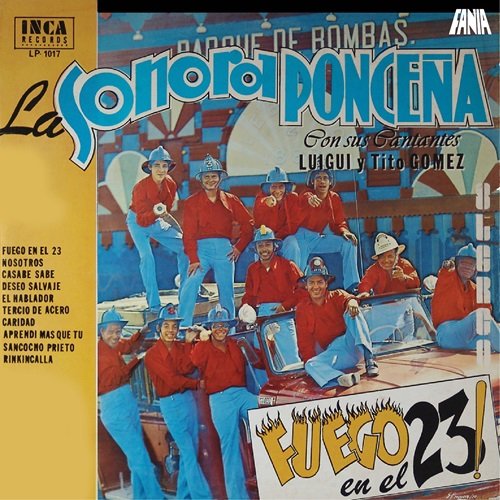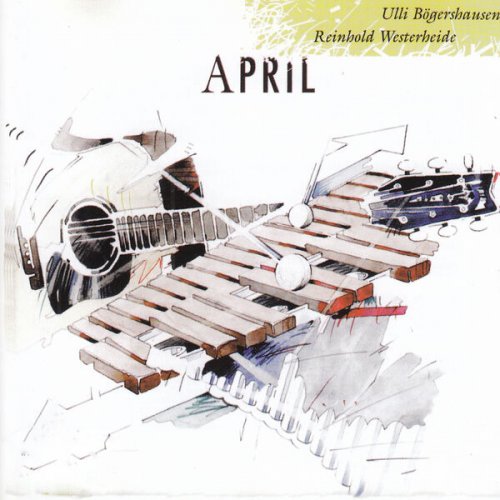The Royal Wind Music, Paul Leenhouts - En Er Mundo (2012)
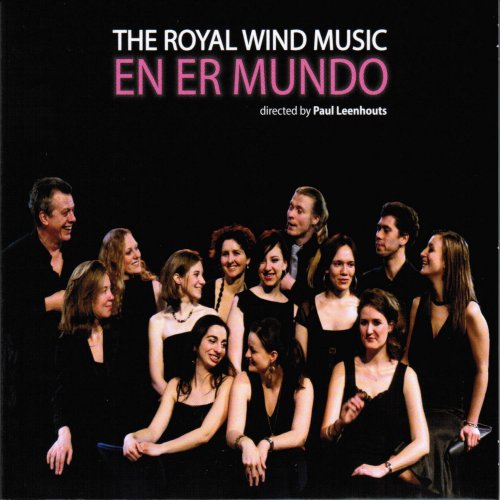
Artist: The Royal Wind Music, Paul Leenhouts
Title: En Er Mundo
Year Of Release: 2012
Label: Lindoro
Genre: Classical
Quality: flac lossless (tracks)
Total Time: 00:58:04
Total Size: 220 mb
WebSite: Album Preview
TracklistTitle: En Er Mundo
Year Of Release: 2012
Label: Lindoro
Genre: Classical
Quality: flac lossless (tracks)
Total Time: 00:58:04
Total Size: 220 mb
WebSite: Album Preview
01. En er mundo
02. El Colibrí
03. Maman, Dites-Moi
04. Marche
05. VI Villageoises: Villageoise II: Staccato
06. Meditation (Meditaçao)
07. One Note Samba (Samba de Uma Nota Só)
08. Otoño Porteño (Buenos Aires Autumn)
09. String of Pearls
10. Lonesome Road Blues (Bluegrass version)
11. The Blue Dream (Sininen Uni)
12. Bog an Lochain (The Water Ouzel)
13. King William's Rambles
14. Boarisch
15. Zuiderzee-ballade
16. Tulpen aus Amsterdam
17. Stück für Flötenuhr nr. 30
18. La Traviata: Noi siamo Zingarelle
19. Pictures at an Exhibition: The Market-place at Limoges
20. The Red Bean Poem
21. Seven Baby Crows (Nanatsu no Ko)
22. Moon Over the Desolate Castle (Kōjō no Tsuki)
23. Xasaposerviko
24. There was a Little Snow White Bird (Daer was een Sneeuwwit Vogeltje)
25. Men's Dance from Gömör (Gömöri -Vasvári- Verbunkos)
26. For Children (Gyermekeknek): Elvesztettem Páromat (Andante)
27. Roumanian Folk Dances (Román Népi Táncok): I: Stick Dance (Joc cu Bâtă)
28. Roumanian Folk Dances (Román Népi Táncok): II: Waistband (Brâul)
29. Roumanian Folk Dances (Román Népi Táncok): III: On the Spot (Pe Loc)
30. Roumanian Folk Dances (Román Népi Táncok): IV: From Bucium (Buceameana)
31. Roumanian Folk Dances (Román Népi Táncok): V: Romanian Polka (Puargă Românească)
32. Roumanian Folk Dances (Román Népi Táncok): VI: Fast Dance (Măruntel)
33. Roumanian Folk Dances (Román Népi Táncok): VII: Fast Dance (Măruntel)
Could you tell our listeners a few details about your new album ‘En er mundo’?
For this encore CD I was delighted to arrange a mélange of 34 pieces from all over the world, resulting in a colourful collection which certainly doesn’t pretend to be part of the standard repertoire of a renaissance recorder consort. Perhaps, from a classical point of view, one could even be heavily criticised for performing Mussorgsky, Verdi or even bluegrass and Bartók on recorders, particularly when played on diatonic instruments at A=460, tuned in meantone temperament… On the other hand, composers/ arrangers of the past also occupied themselves with creating musical ‘divertimenti’, often for quite unusual instruments. Think of Haydn’s or Beethoven’s compositions for a mechanical flute clock, or programmatic music depicting a storm at sea, a battlefield or fighting school, or the imitation of nightingales and other ornithological species.
It has been a rather enjoyable challenge trying to capture the best possible caricatures and criss-crossing stylistic ingredients of works which have their origins in a particular era or country. Within the ‘authentic’ context of an encore, my wish as an arranger has been to create the ultimate charming musical ‘souvenir’, while paying respect and attention to either the beauty or the exotic and virtuosic elements of the original.
Where did you find all these musical souvenirs? What made you choose this repertoire?
Certain musical souvenirs bring back good memories: during tours with The Royal Wind Music it has always been my pleasure to add a special arrangement to a concert programme, which was performed as a musical ‘gift’ to an audience in the encore’s country of origin. Two simple, short but captivating piecews – the Flemish/Dutch folk song There was a little snow white bird and Bartók’s Andante from his collection For children – made an unforgettable impact during my musical childhood. Bartók’s mastery of arranging Eastern European folk tunes and dances for piano or orchestra has always been impressive to me. But also listening to music from North- and South America and Asia – in particular from Japan and Taiwan -has led to many exciting discoveries. I also find it fascinating how quickly one recognises typical elements or “flavours” in music: after hearing just a few seconds of a piece a listener could already find him/herself in the Scottish Highlands, the Alps of Austria, a moon-lit castle in Japan, or on the streets of Amsterdam, Madrid or Rio de Janeiro… Just as the great film composer Ennio Morricone was capable of creating the atmosphere of the Wild West by using only five notes…
You seem to use a large collection of instruments for this recording …
For sure the recorder cannot ‘moonlight’ as an orchestral instrument, but the use of an extended family of different types and sizes gives us many possibilities to play in different registers and to create various colours within a homogeneous ensemble. For the recording of this CD we made use of around 50 instruments, ranging from a sub-contrabass in FF to a toy recorder, not even half the size of a sopranino. The arrangements were mainly written as encores for The Royal Wind Music. A few were originally made for the Amsterdam Loeki Stardust Quartet, and a couple of fun pieces I arranged for ad hoc ensembles at music workshops all around the globe.

